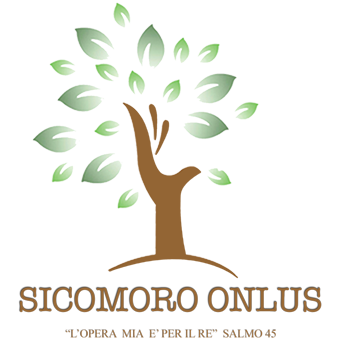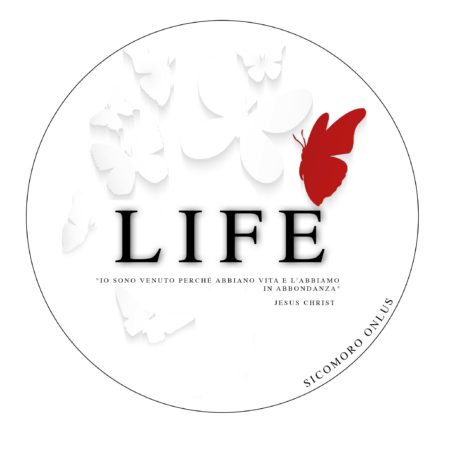Psychedelics: Risks, benefits, and more
Older reports of administration of LSD or mescaline in a clinically supervised setting have found adverse effects or death due to the person’s underlying health conditions, such as, manic-depressive illness, acute asthma and depersonalisation syndrome (e.g. Cohen, 1960; Malleson, 1971). Yet, equally there are reports of ingesting large quantities of LSD with successful recovery and without long-lasting effects (Nichols and Grob, 2018). Two large-scale population studies, each comprising over 130,000 US adults, and using data from the National Survey on Drug Use and Mental Health (NSDUH), found no evidence of an association between psychedelic use and mental health problems (Johansen and Krebs, 2015; Krebs and Johansen, 2013). Johansen and Krebs (2015) found that psychedelic users were no more likely to have experienced psychological distress, suicidal thoughts or behaviour, depression, anxiety or to have received mental health treatment in the past year than those who had not taken psychedelics. In contrast, people who had used psychedelics were less likely to have required mental health treatment in the past year than those who had not.
Obsessive-compulsive disorder (OCD)
Ololiuqui is a naturally occurring psychedelic that is found in the seeds of the morning glory flower, which grows in Central and South America. powerlessness aa Like mescaline, ololiuqui has a long history of use in spiritual rituals among indigenous groups where the plant grows but unlike mescaline, it is not a controlled substance in the U.S. Mescaline is a naturally occurring psychedelic substance found in certain species of cactus, the most well-known being the peyote cactus. Hallucinogens were used in psychotherapy in the 1960s, but this was halted for mainly political reasons until quite recently. Psychological research has since revived the use of psychedelics in experimental psychological treatment.
And it is also hard to tease apart the effects of psilocybin from those of the cognitive-behavioral therapy in the smoking study, Johnson notes. He and his colleagues at the new center plan to conduct a double-blind, placebo-controlled study—the gold standard for medical investigations—in the future. Johns Hopkins researchers are also starting or planning studies using psilocybin therapy for a wide range of other conditions, including opioid addiction, PTSD, anorexia, post-treatment Lyme disease syndrome, Alzheimer’s disease and alcoholism in people with depression. People with psychotic disorders such as schizophrenia (or a strong predisposition for them) are generally advised against taking the hallucinogen. People with uncontrolled hypertension are advised to abstain as well, because psilocybin is known to raise blood pressure. Although it appears to be one of the safest “recreational” drugs and is not considered addictive, there have been reports associating it with deaths—but these may have been the result of multiple drugs, impure substances or underlying medical issues.
How many people use hallucinogens*?
In addition to producing visual hallucinations, euphoria, and mystical experiences, psychedelics have other effects that underlie their recreational use. According to do you need to wean off prozac one clinical trial, these include derealization, which is when a person feels detached from their surroundings, and depersonalization, which is when they feel detached from their body or mind. Because psychedelic agents present vivid new information and enable patients to approach memories and feelings they were unable to process before, patients need good guides for interpreting the contents of their minds and integrating the insights into their lives.
- Psychedelics are also known as hallucinogens because taking them can result in hallucinations.
- For an example of current techniques applied to enable our understanding of how psychedelics produce their effects, please see Singleton et al. (2021).
- This article discusses the characteristics, potential medicinal benefits, and risks of psychedelics.
- Other risks, such as the risks of psychotic episodes or overdose, are rare and only reported in individual cases, but these risks still need to be minimised by careful patient selection and preparation.
Substance use disorders
Research on the possible medical uses of psychedelics is still at a preliminary stage, but early studies suggest that psychedelics may decrease depression and anxiety. Additionally, a 2016 clinical trial explored the effects of psilocybin on the symptoms of depression and anxiety in 51 individuals with a diagnosis of potentially life threatening cancer. The results suggested that psilocybin produced a substantial and long lasting reduction in depression and anxiety, as well as increases in optimism and quality of life. People who use psychedelics may experience one or several of a range of side effects, which range from moderate to severe. Along with the altered perception of reality that comes with hallucinations, which may be frightening to experience, short-term group activities for substance abuse recovery side effects of psychedelics can include paranoia and psychosis. Regulatory and legal hurdles of getting psychedelic medicines proven as mainstream medicines are still substantial, so overcoming historic misperceptions is vital.
Although there is no exact definition of such an experience, most involve feelings of fear, anxiety, dysphoria and/or paranoia, making it essential that the experience is prepared for, supervised and followed by extensive integration. These experiences are usually short-lived, that is, lasting the time of the experience, and are often found to be cathartic. Psychedelic use does not conform to the profile of clinical features representing other types of dependencies, for example, opioids (Morgenstern et al., 1994). Very few hallucinogen users experience an inability to cut down or control use, a key indicator of dependence. HUD is relatively uncommon, with a low risk of development following exposure to hallucinogens (Shalit et al., 2019).
According to other studies using DSM-IV criteria, a far lower proportion of users develop hallucinogen dependence. For example, Kendler et al. (1999) provide a 0.2% estimate of hallucinogen dependence among hallucinogen-using female twins. For our review, we gave precedence to randomised controlled trials (RCTs), systematic observational data collections and systematic reviews. Except where compelling, we avoided individual case reports for reasons outlined in detail by Krebs and Johansen (2013), such as the frequent failure to rule out pre-existing conditions or the use of other drugs, which could have contributed to adverse effects after psychedelic use. Information on the use of psychedelic and dissociative drugs is collected by several national surveys.
However, sample sizes remain small, and further research – using rigorous methodologies to address issues, such as blinding – is required to further understand the (long-term) effectiveness of these treatments. By 1961, a large body of research with LSD in humans, incorporating over 1000 papers, including over 40,000 participants, had accumulated (Nutt et al., 2013). Although studies were small, they reported largely positive effects and a lack of adverse effects (as reported by the clinician). However, significant shortcomings were outlined in a review at that time (Savage et al., 1966), including lack of appropriate controls, small numbers of participants, inappropriate statistical analyses and importantly lack of follow-up, which has been rectified in recent trials.

